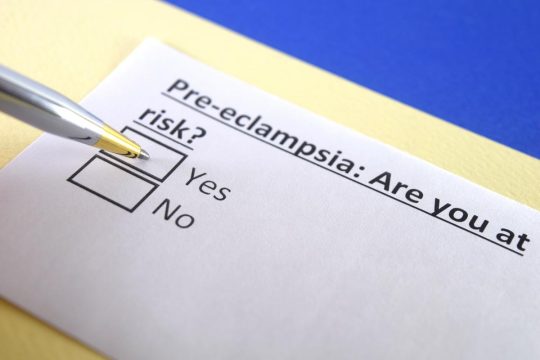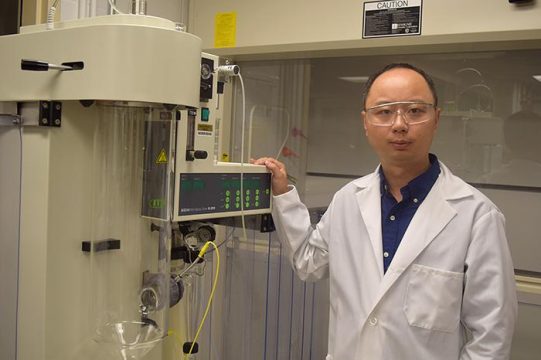Advertisment
Positive results from phase III SPIRIT 2 study of once-daily relugolix combination therapy in women with endometriosis and from ovulation inhibition study.- Myovant Sciences
Myovant Sciences announced that SPIRIT 2, the first of two Phase III studies of once-daily relugolix combination therapy (relugolix 40 mg plus estradiol 1.0 mg, and norethindrone acetate 0.5 mg) in women with pain associated with endometriosis , met its co-primary efficacy endpoints and six key secondary endpoints. In addition, relugolix combination therapy was generally well-tolerated including minimal bone mineral density loss over 24 weeks.
Myovant also announced that, in a separate clinical study, relugolix combination therapy achieved 100% ovulation inhibition in 67 healthy women with no women ovulating during the 84-day treatment period, as evaluated by the Hoogland-Skouby assessment scale (score < 5). Furthermore, 100% of women resumed ovulation or menses upon discontinuation of treatment with an average time to ovulation of 23.5 days.
In the co-primary endpoint analysis of SPIRIT 2, 75.2% of women receiving once-daily relugolix combination therapy achieved a clinically-meaningful reduction in dysmenorrhea versus 30.4% of women in the placebo group (p < 0.0001). For non-menstrual pelvic pain, relugolix combination therapy achieved a clinically-meaningful reduction in 66.0% of women versus 42.6% women in the placebo group (p < 0.0001). On average, women receiving relugolix combination therapy had a 75.1% reduction on the 11-point (0 to 10) Numerical Rating Scale for dysmenorrhea from 7.2 (severe pain) to 1.7 (mild pain).
Six key secondary endpoints measured at Week 24 and compared to placebo achieved statistical significance, including changes in mean dysmenorrhea and overall pelvic pain, impact of pain on daily activities as measured by the Endometriosis Health Profile-30 (EHP-30) pain domain, a greater proportion of women not using opioids (all p-values < 0.0001), changes in non-menstrual pelvic pain (p = 0.0012), and dyspareunia (painful intercourse) (p = 0.0489).
Relugolix combination therapy was generally well-tolerated with minimal bone mineral density loss over 24 weeks. The overall incidence of adverse events in the relugolix combination and placebo groups was similar (80.6% vs. 75.0%). In the relugolix combination therapy group, 5.3% of women discontinued treatment early due to adverse events versus 3.9% in the placebo group. The most frequently reported adverse events, reported in at least 10% of women in the relugolix combination group, were headache, nasopharyngitis, and hot flashes. There were three pregnancies in the relugolix combination group and five in the placebo group.





